Fiber is crucial for maintaining optimal health and well-being. Learn fiber-rich foods under Fruits, Vegetables, Nuts, and Cereals.
Introduction
Fiber is a carbohydrate that cannot be digested by the body, but its value in promoting overall health remains significant. Fiber is an essential component of a healthy diet that contributes to optimal well-being in several ways. It leaves your stomach undigested and ends up in your colon, where it feeds friendly gut bacteria, leading to various health benefits. Here are some of the key reasons why Dietary fiber-rich foods are important:
- Promotes Digestive Health: Fiber helps keep our digestive system healthy by promoting regular bowel movements, preventing constipation, and reducing the risk of gastrointestinal diseases like diverticulitis and hemorrhoids.
- Controls Blood Sugar Levels: Fiber slows down the absorption of glucose in the bloodstream, which helps regulate blood sugar levels and prevent diabetes.
- Lowers Cholesterol Levels: Soluble fiber found in oats, beans, and fruits can lower LDL (bad) cholesterol levels by binding to it in the digestive system and eliminating it from the body.
- Reduces the Risk of Heart Disease: By reducing cholesterol levels and blood pressure, fiber can lower the risk of heart disease and stroke.
- Helps with Weight Management: Fiber-rich foods are usually low in calories and help you feel full for longer, which can help with weight management.
- Promotes Healthy Gut Microbiome: The gut microbiome is made up of trillions of bacteria that play a crucial role in our health. Fiber helps feed the good bacteria in our gut, which can improve immune function and reduce the risk of chronic diseases.
Prioritize Dietary Fiber Intake
The recommended daily intake of dietary fiber is 25-38 grams per day. According to the World Health Organization (WHO), worldwide, less than 15% of adults consume the recommended daily intake of dietary fiber, which is 25 grams per day for adults.
In some countries, the intake is even lower. A study by the National Health and Nutrition Examination Survey found that the average daily fiber intake for adults in the United States is only around 16 grams, which is far below the recommended intake of 25 grams per day for women and 38 grams per day for men.
In the European Union, the average daily fiber intake is estimated to be between 15 and 20 grams, which is also lower than the recommended intake.
Another study indicates that only 2% of adults in China meet the recommended daily intake of dietary fiber.
In low- and middle-income countries, fiber intake is even lower, with some estimates suggesting that the average intake is as low as 10 grams per day.
This lack of fiber in the diet is linked to an increased risk of chronic diseases such as heart disease, stroke, and certain cancers.
A lack of fiber in the diet is linked to an increased risk of obesity, type 2 diabetes, and cardiovascular disease.
Increasing fiber intake by just 7 grams per day has been associated with a 7% reduction in the risk of heart disease and a 4% reduction in the risk of stroke.
Best Fiber-rich Foods
To improve your overall health and wellness, one of the most important things you can do is to make sure you’re getting enough fiber in your diet. Fiber is essential for maintaining healthy digestion, reducing the risk of heart disease, and even helping you lose weight.
In this article, we’ll take a look at 40 of the best fiber-rich foods you can incorporate into your diet to help you achieve optimal health and wellness.
Lentils
Lentils are a type of legume that is high in fiber, protein, and other essential nutrients. One cup of cooked lentils contains about 16 grams of fiber (or 10.7 grams per 100 grams), making them an excellent choice for those looking to increase their fiber intake.
Kidney beans
Kidney beans are a popular type of legume. Like other legumes, they’re loaded with plant-based protein and various nutrients. One cup of cooked beans contains a fiber content of 12.2 grams (or 7.4 per 100 grams)
Split peas
Split peas are made from the dried, split, and peeled seeds of peas. They’re often seen in split pea soup after holidays featuring ham. One cup of cooked split peas contains a fiber content of 16.3 grams (or 8.3 per 100 grams)
Chickpeas
Chickpea is another type of legume that’s loaded with nutrients, including minerals and protein. Chickpeas form the base of hummus, one of the easiest spreads to make yourself. You can slather it on salads, veggies, whole grain toast, and more. One cup of cooked chickpeas contains a fiber content of 12.5 grams (or 7.6 per 100 grams)
Black Beans
Black beans are a type of legume that is high in fiber, protein, and other essential nutrients. One cup of cooked black beans contains about 15 grams of fiber (5.5 grams per 100 grams of cooked beans), making them an excellent choice for those looking to boost their fiber intake.
Other high-fiber legumes
Most legumes are high in protein, fiber, and various nutrients. When properly prepared, they’re among the world’s cheapest sources of quality nutrition.
Other high-fiber legumes include:
- Cooked black beans: 8.7 grams/cup of cooked beans
- Cooked edamame: 5.2 grams/cup of cooked beans
- Cooked lima beans: 7 grams/cup of cooked beans
Fruits
Fruit is a great source of fiber, with many varieties containing significant amounts of this important nutrient. Some of the best fruit sources of fiber are described here:
Avocado
Avocado is a delicious and nutritious fruit that is high in fiber, healthy fats, and other essential nutrients. Just one medium-sized avocado contains about 13 grams of fiber (or 6.7 grams per 100 grams), making it an excellent choice for those looking to boost their fiber intake.
Pears
Pears are a delicious and nutritious fruit that is high in fiber, vitamins, and minerals. Just one medium-sized pear contains about 6 grams of fiber, making it an excellent choice for those looking to boost their fiber intake.
Apples
Apples are delicious and nutritious fruit that is high in fiber, vitamins, and minerals. Just one medium-sized apple contains about 4 grams of fiber (or 2.4 grams per 100 grams.) making it an excellent choice for those looking to increase their fiber intake.
Bananas
Bananas are a good source of many nutrients, including vitamin C, vitamin B6, and potassium.
A green or unripe banana also contains a significant amount of resistant starch, a type of indigestible carbohydrate that functions like fiber. A medium-sized banana contains 3.1 grams of fiber (or 2.6 grams per 100 grams)
Pomegranate
Pomegranate is a delicious and nutritious fruit that is high in fiber, antioxidants, and other essential nutrients. Just one medium-sized pomegranate contains about 11 grams of fiber, making it an excellent choice for those looking to boost their fiber intake.
Strawberries
Strawberries are a delicious, healthy option that can be eaten fresh. Interestingly, they’re also among the most nutrient-dense fruits you can eat, boasting loads of vitamin C, manganese, and various powerful antioxidants. Strawberries contain 2 grams of fiber per 100 grams (1 cup) of fresh strawberries
Raspberries
Raspberries are a delicious and nutritious berry that is high in fiber, antioxidants, and other essential nutrients. Just one cup of raspberries contains about 8 grams of fiber ( or 6.5 grams per 100), making them an excellent choice for those looking to boost their fiber intake.
Blackberries
Blackberries are another delicious and nutritious berry that is high in fiber, antioxidants, and other essential nutrients. Just one cup of blackberries contains about 7 grams of fiber (5.3 grams per 100-gram whereas in the case of Blueberries: 2.4 grams per 100 grams serving ), making them an excellent choice for those looking to increase their fiber intake.
Vegetables
Vegetables are another great source of fiber, with many types containing high amounts of this important nutrient. Some of the best vegetable sources of fiber are described here:
Artichokes
Artichokes are delicious and nutritious vegetable that is high in fiber, antioxidants, and other essential nutrients. Just one medium-sized artichoke contains about 10 grams of fiber (or 5.4 grams per 100 grams ), making it an excellent choice for those looking to boost their fiber intake.
Green Peas
Green peas are a delicious and nutritious vegetable that is high in fiber, protein, and other essential nutrients. One cup of cooked green peas contains about 9 grams of fiber, making them an excellent choice for those looking to increase their fiber intake.
Pumpkin
Pumpkin is a nutritious vegetable that is high in fiber, vitamins, and minerals. One cup of cooked pumpkin contains about 7 grams of fiber, making it an excellent choice for those looking to boost their fiber intake.
Carrots
Carrots are delicious and nutritious vegetable that is high in fiber, vitamins, and minerals. One cup of cooked carrots contains about 5 grams of fiber (or 2.8 grams per 100 grams), making them an excellent choice for those looking to increase their fiber intake.
Beet
The beet, or beetroot, is a root vegetable that’s high in various important nutrients, such as folate, iron, copper, manganese, and potassium. Beets are also loaded with inorganic nitrates, which nutrients are shown to have various benefits related to blood pressure regulation and exercise performance. Raw beet contains a fiber content of 3.8 grams per cup (or 2 grams per 100 grams).
Broccoli
Broccoli is a delicious and nutritious vegetable that is high in fiber, vitamins, and minerals. One cup of cooked broccoli contains about 5 grams of fiber, making it an excellent choice for those looking to increase their fiber intake.
Brussels Sprouts
Brussels sprouts are a delicious and nutritious vegetable that is high in fiber, vitamins, and minerals. One cup of cooked Brussels sprouts contains about 4 grams of fiber, making them an excellent choice for those looking to boost their fiber intake.
Broccoli
Broccoli is a cruciferous vegetable that is packed with fiber, vitamins, and minerals. Just one cup of cooked broccoli contains about 5 grams of fiber (or 2.6 grams per 100 grams), making it an excellent choice for those looking to increase their fiber intake.
Brussels Sprouts
Brussels sprouts are another cruciferous vegetable that is high in fiber, vitamins, and minerals. Just one cup of cooked Brussels sprouts contains about 4 grams of fiber (or 3.8 grams per 100 grams), making them an excellent choice for those looking to boost their fiber intake.
Sweet Potatoes
Sweet potatoes are a delicious and nutritious root vegetable that is high in fiber, vitamins, and minerals. Just one medium-sized sweet potato contains about 4 grams of fiber, making it an excellent choice for those looking to increase their fiber intake.
Grains & Cereals
Grains and cereals play a crucial role in providing dietary fiber to our bodies. Whole grains and cereals are particularly good sources of dietary fiber. These foods contain the outer bran layer, which is rich in fiber and other important nutrients.
Eating a diet rich in whole grains and cereals can help individuals meet their daily fiber needs and promote overall health. Here described are some of the high-fiber grains:
Barley
Barley is a great source of dietary fiber, particularly soluble fiber. One cup of cooked pearl barley contains approximately 6 grams of dietary fiber. This makes it an excellent choice for individuals who are looking to increase their fiber intake, as well as those who are trying to manage their cholesterol levels or maintain a healthy digestive system.
Quinoa
Quinoa is a nutritious grain that is high in fiber, protein, and other essential nutrients. One cup of cooked quinoa contains about 5 grams of
Oats
Oats are a popular breakfast choice that is high in fiber, protein, and other essential nutrients. They contain a powerful soluble fiber called beta-glucan, which has major beneficial effects on blood sugar and cholesterol levels. One cup of cooked oatmeal made from rolled oats contains approximately 4 grams of fiber. The same amount of oat bran contains around 6 grams of fiber, while one cup of uncooked steel-cut oats contains 5 grams of fiber.
Brown Rice
Brown rice is a nutritious grain that is high in fiber, protein, and other essential nutrients. One cup of cooked brown rice contains about 4 grams of fiber, making it an excellent choice for those looking to increase their fiber intake.
Split Peas
Split peas are another type of legume that is high in fiber, protein, and other essential nutrients. One cup of cooked split peas contains about 16 grams of fiber, making them an excellent choice for those looking to increase their fiber intake.
Popcorn
Popcorn is a popular snack that is high in fiber and low in calories. Three cups of air-popped popcorn contain about 3.5 grams of fiber, making it an excellent choice for those looking to boost their fiber intake.
Rye Bread
Rye bread is delicious and nutritious bread that is high in fiber and other essential nutrients. One slice of rye bread contains about 2 grams of fiber, making it an excellent choice for those looking to boost their fiber intake.
Whole Wheat
Whole wheat is a great source of dietary fiber. One cup of cooked whole wheat contains approximately 6 grams of dietary fiber. This makes it an excellent choice for individuals who are looking to increase their fiber intake and promote a healthy digestive system.
Whole wheat has a lower glycemic index than refined wheat, meaning it can help regulate blood sugar levels and promote satiety, making it a good option for those looking to manage their weight or control their appetite. Whole-wheat pasta is a nutritious pasta that is high in fiber, protein, and other essential nutrients.
Bran Cereal
Bran cereal is a popular breakfast choice that is high in fiber and other essential nutrients. One cup of bran cereal contains about 7 grams of fiber, making it an excellent choice for those looking to boost their fiber intake.
Buckwheat
Buckwheat is a good source of dietary fiber. One cup of cooked buckwheat groats contains approximately 4 grams of fiber. Buckwheat flour, which is often used in gluten-free baking, contains around 3 grams of fiber per quarter cup.
Quinoa
Quinoa is a nutritious grain that is high in fiber, protein, and other essential nutrients. One cup of cooked quinoa contains about 5 grams of fiber, making it an excellent choice for those looking to boost their fiber intake.
Nuts
Here are some Nuts providing high fiber content:
Almonds
Almonds are the delicious and nutritious nut that is high in fiber, healthy fats, and other essential nutrients. Just one ounce of almonds contains about 3.5 grams of fiber, making them an excellent choice for those looking to increase their fiber intake.
Pistachios
Pistachios are another fiber-rich nut, with 2.8 grams of fiber per one ounce (28 grams) serving. They are also a good source of protein, healthy fats, and antioxidants.
Hazelnuts
Hazelnuts are a good source of fiber, with 2.7 grams of fiber per one ounce (28 grams) serving. They are also rich in healthy fats, protein, and vitamin E.
Seeds
Here are some of the top seeds that are high in fiber content. Including these seeds in your diet can provide you with a good amount of fiber.
Chia Seeds
Chia seeds are a tiny, yet powerful superfood that is packed with fiber, protein, and healthy omega-3 fatty acids. Just two tablespoons of chia seeds (28 grams ) contain about 10 grams of fiber, making them an excellent addition to smoothies, oatmeal, or yogurt.
Flaxseeds
Flaxseeds are another fiber-rich seed. They are a tiny, yet powerful superfood that is packed with fiber, healthy fats, and other essential nutrients. Just two tablespoons of flaxseeds (28 grams) contain about 6 grams of fiber, making them an excellent addition to smoothies, yogurt, or oatmeal.
Pumpkin seeds
Pumpkin seeds contain 5 grams of fiber per one ounce (28 grams) serving, making them a good source of dietary fiber. They are also rich in protein, healthy fats, and minerals like magnesium and zinc.
Sunflower seeds
Sunflower seeds are a good source of dietary fiber, with 3.9 grams of fiber per one ounce (28 grams) serving. They are also rich in protein, healthy fats, and vitamin E.
Sesame seeds
Sesame seeds contain 3.3 grams of fiber per one ounce (28 grams) serving, making them a good source of dietary fiber. They are also a good source of protein, healthy fats, and minerals like calcium and iron.
As you can see, there are many delicious and nutritious fiber-rich foods that you can incorporate into your diet. By including these foods in your meals, you can improve your digestive health, reduce your risk of chronic diseases, and feel fuller for longer periods. So go ahead and try some of these fiber-rich foods today!
Conclusion
Fiber is an essential nutrient that plays a crucial role in our overall health and well-being. By incorporating fiber-rich foods into our diets, we can improve our digestive health, reduce our risk of chronic diseases, and feel fuller for longer periods. The 30 foods listed above are excellent choices for those looking to increase their fiber intake, and they are also delicious and nutritious. So go ahead and try some of these fiber-rich foods today!
FAQs
What is fiber, and why is it important?
Fiber is a type of carbohydrate that cannot be digested by the body. Instead, it passes through the digestive system largely intact, adding bulk to the stool and helping to keep the digestive system healthy. Fiber is important because it can help prevent constipation, lower cholesterol levels, and reduce the risk of chronic diseases like heart disease, diabetes, and certain types of cancer.
How much fiber should I eat every day?
The recommended daily intake of fiber is 25 grams for women and 38 grams for men. However, most people don’t get enough fiber in their diets, so it’s a good idea to aim for even more if possible.
Can fiber-rich foods help with weight loss?
Yes, fiber-rich foods can help with weight loss because they help to keep you feeling fuller for longer periods, which can help you eat less overall. Additionally, high-fiber foods tend to be lower in calories and higher in nutrients, making them an excellent choice for those looking to lose weight.
Are there any negative side effects of eating too much fiber?
Yes, eating too much of it can lead to digestive discomforts like gas, bloating, and diarrhea. It’s important to increase your fiber intake slowly over time to allow your body to adjust. Also, drink plenty of water to help move the fiber through your digestive system.
Can fiber-rich foods help prevent heart disease?
Yes, fiber-rich foods can help prevent heart disease because they can lower cholesterol levels and reduce inflammation in the body. Additionally, a diet rich in fiber help to maintain healthy blood sugar levels and reduce the risk of heart disease.
References
- “Fiber Fueled: The Plant-Based Gut Health Program for Losing Weight, Restoring Your Health, and Optimizing Your Microbiome” by Dr. Will Bulsiewicz
- “The Fiber Miracle: The Unbeatable Way to Lose Weight” by Dr. Brian R. Clement
- “The Complete Idiot’s Guide to Eating Well with IBS” by Kate Scarlata
- “The Fiber35 Diet: Nature’s Weight Loss Secret” by Brenda Watson
- “The New Whole Foods Encyclopedia: A Comprehensive Resource for Healthy Eating” by Rebecca Wood
- https://en.wikipedia.org/wiki/Dietary_fiber
- image credit https://www.wallpaperflare.com
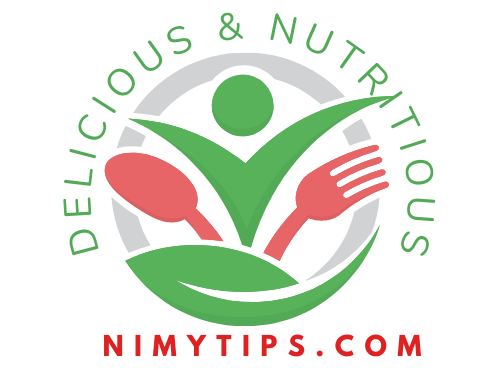
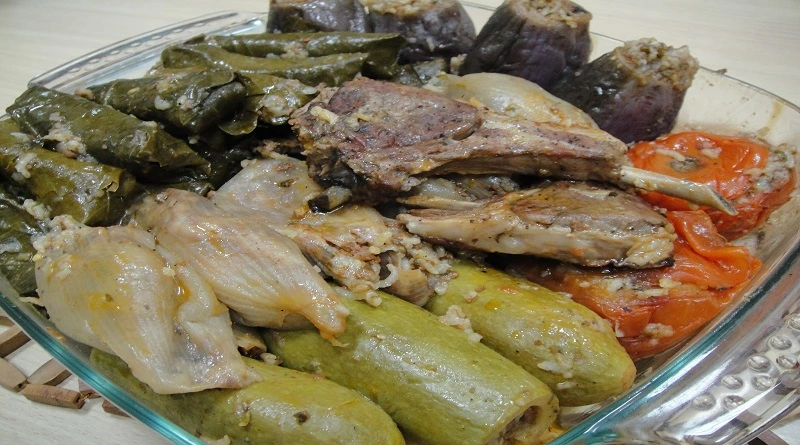
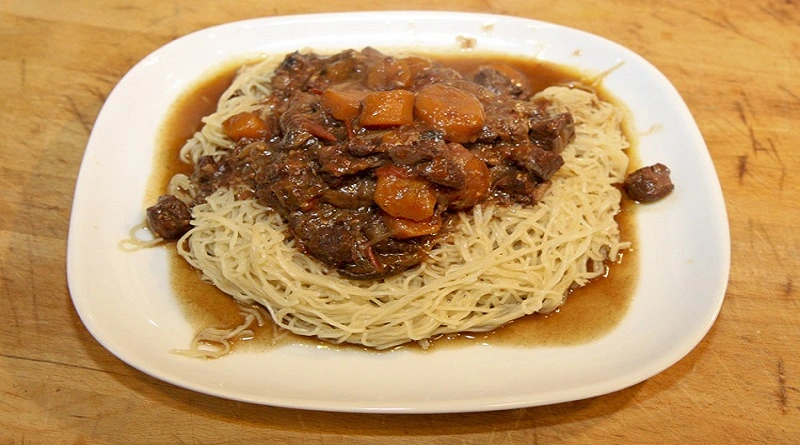
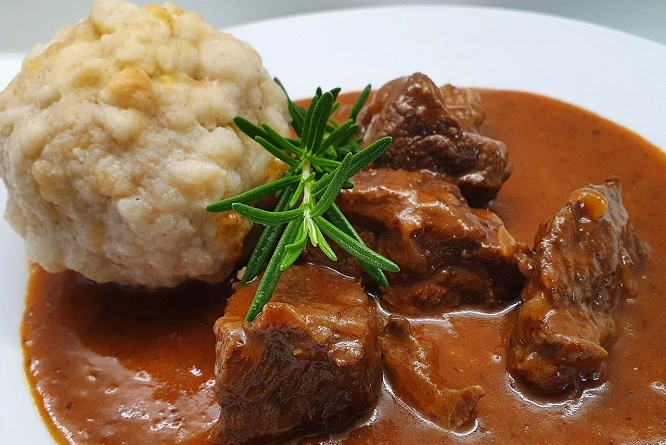
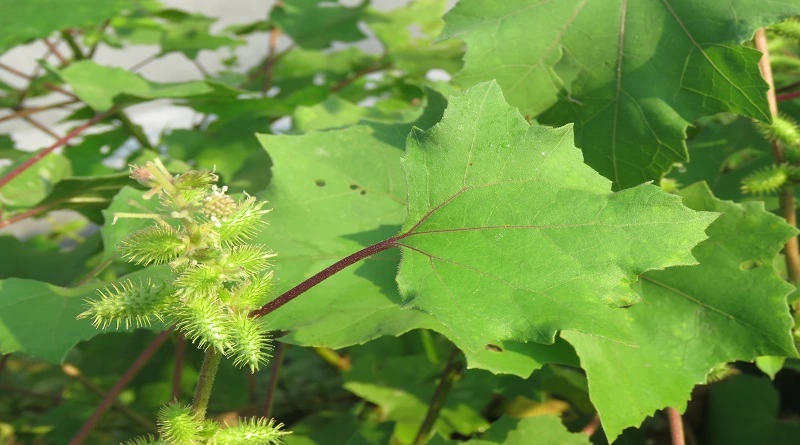
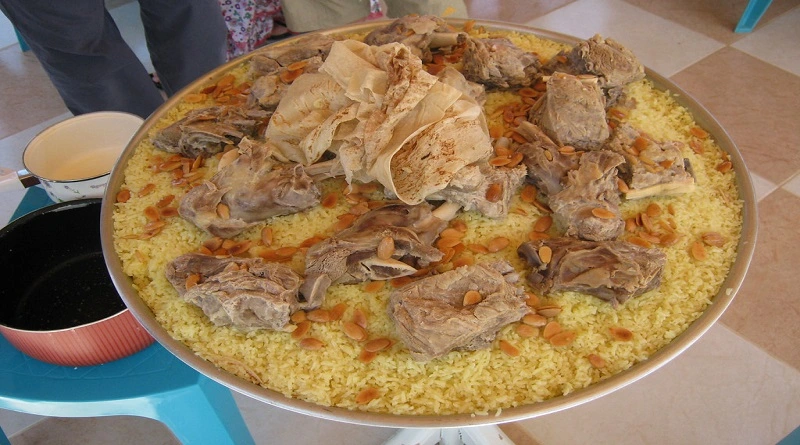

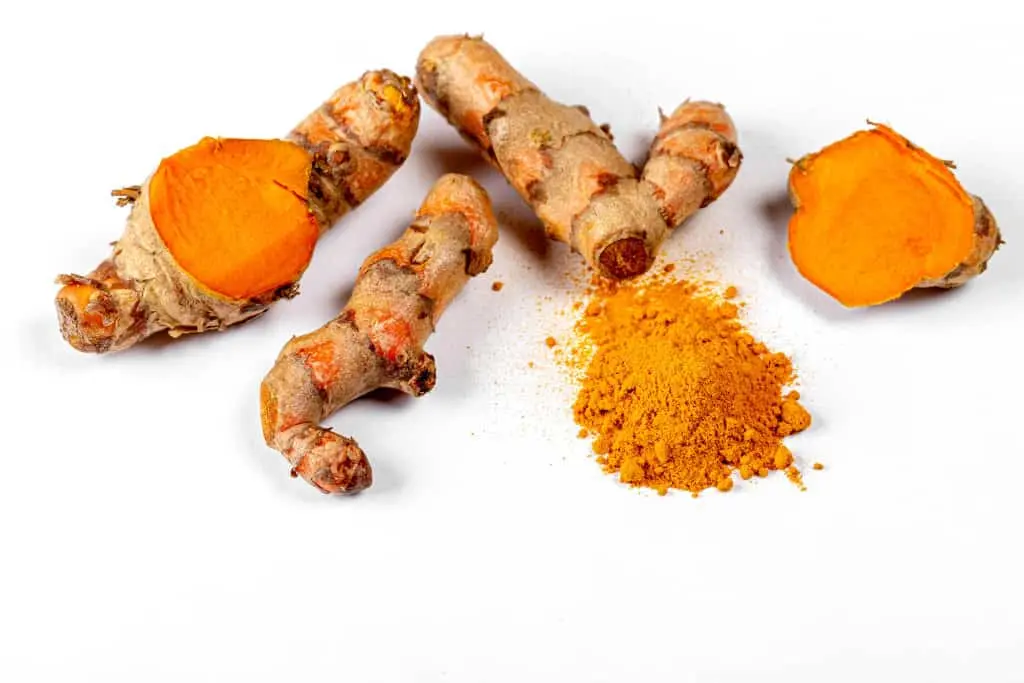
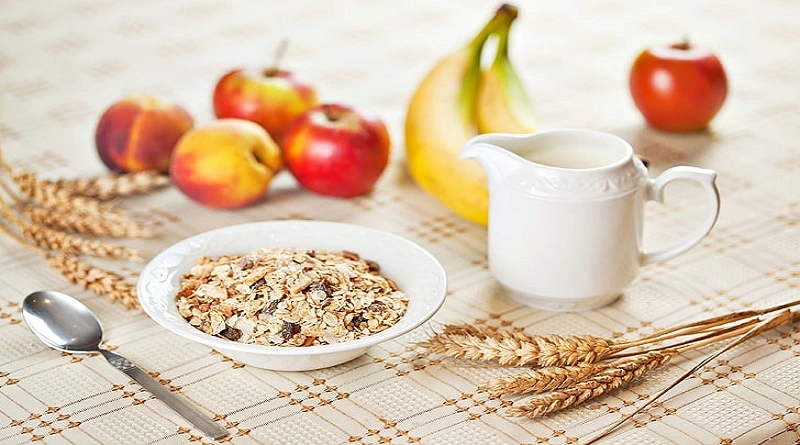
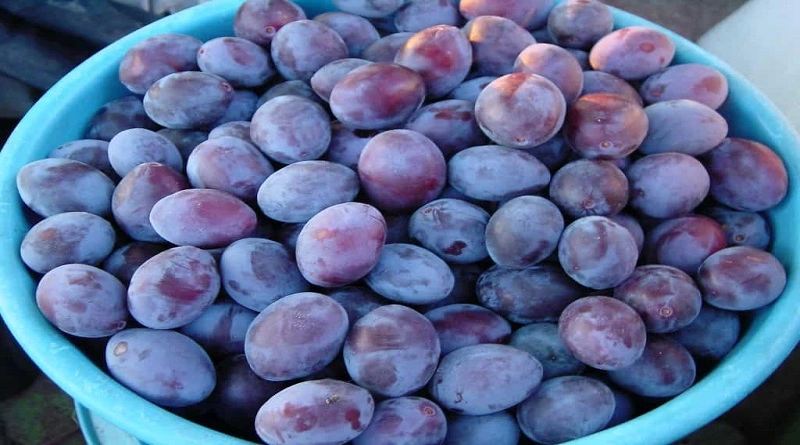
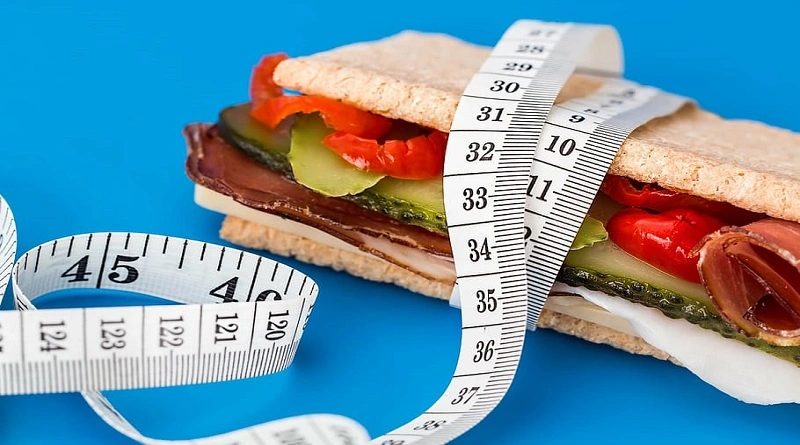

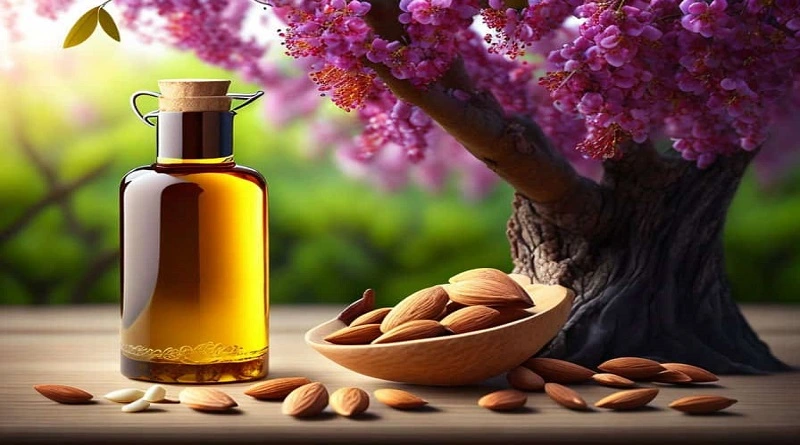
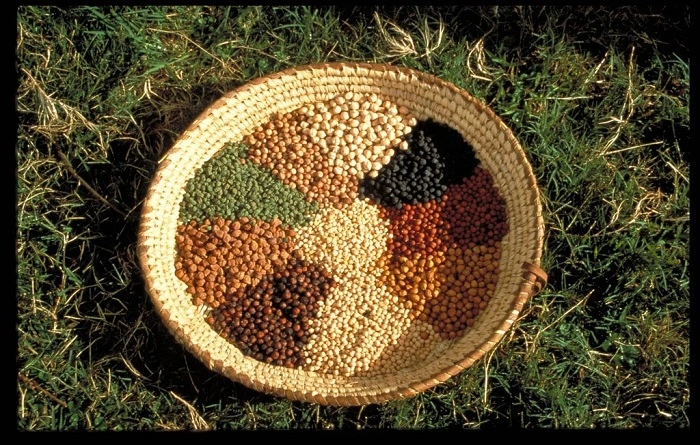
Id like to thank you for the efforts you have put in penning this site. Im hoping to see the same high-grade blog posts by you in the future as well. In fact, your creative writing abilities has inspired me to get my own site now 😉
Thank you so much for leaving such a kind and encouraging comment on my blog post. It truly means a lot to me to know that my efforts in creating content are appreciated and that I have inspired you to start your own site.
I will continue striving for excellence in my writing and hope to deliver more high-grade blog posts. Thank you again for your motivation, and support and for being a valued reader of my site.
Good post. I learn something new and challenging on blogs I stumbleupon on a daily basis. Its always exciting to read content from other authors and use a little something from other web sites.
Thank you for encouraging it is a good motivation for us. keep supporting we will try to present more better content.